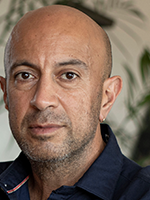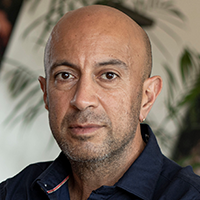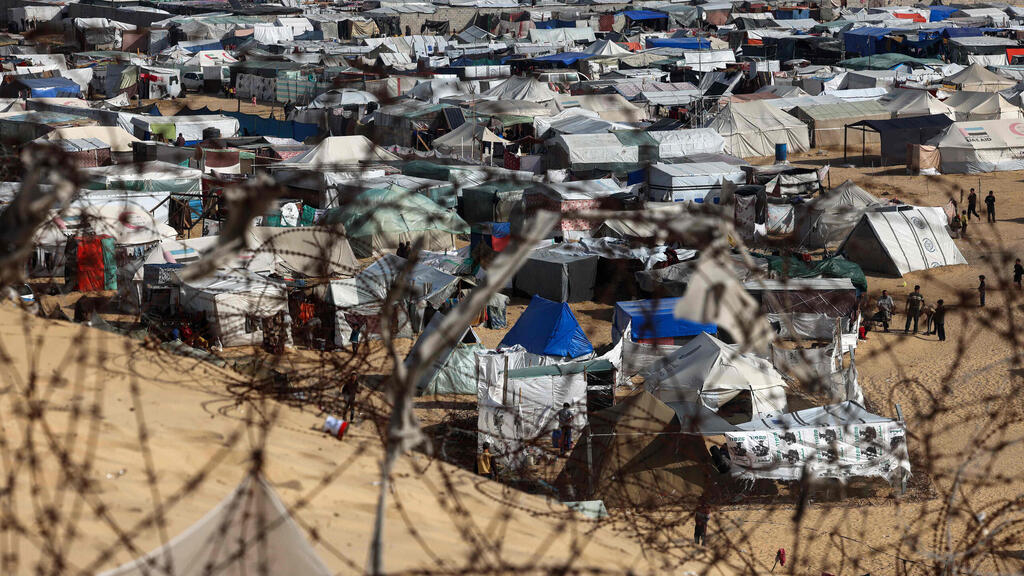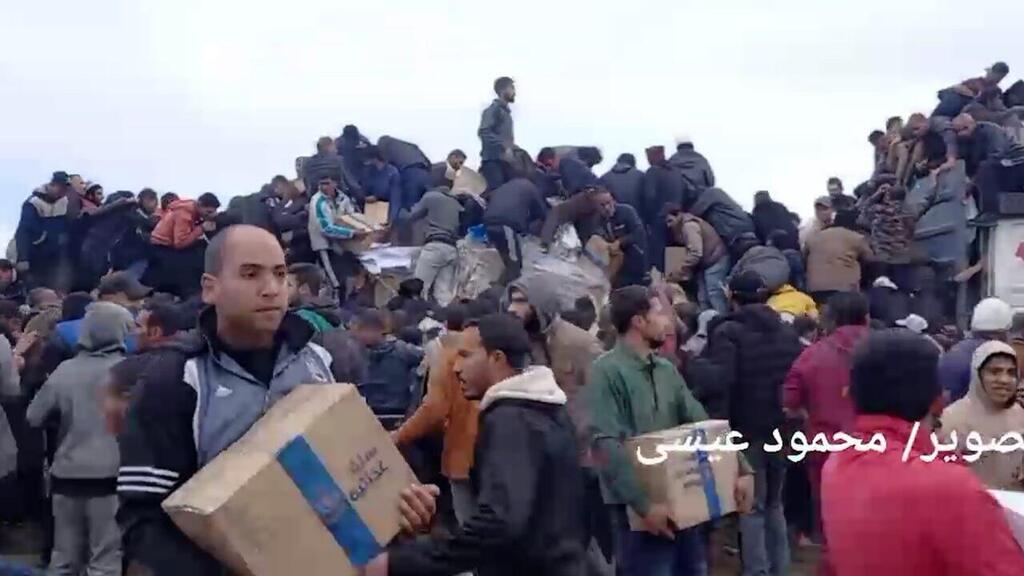Getting your Trinity Audio player ready...
Israel's greatest security challenge in Gaza is not Rafah but what comes after Rafah. Sooner or later, unless Prime Minister Benjamin Netanyahu is afraid of international condemnation, the IDF would begin evacuating the 1.5 million civilians sheltering in the southernmost city in the Strip and its surroundings.
Read more:
When the offensive to remove the remaining Hamas battalions from Rafah would begin is unclear and it may only come after the end of the Muslim holy month of Ramadan although evacuating civilians might come sooner.
A decision is likely dependent on the negotiations underway to secure the release of hostages. An assault on Rafah is one of the last remaining threats Israel holds over Hamas and if negotiations fail, the offensive may be launched sooner.
If moving civilians away from danger is successful, the offensive itself would be less complicated than the fighting in Khan Younis was. There Hamas had their elite battalions and a forceful defensive infrastructure.
In Rafah, Hamas has regular battalions and the city's population is more aligned with local clans, including Bedouin families more involved in criminal activity and smuggling, which leads the military to expect less resistance than it had encountered in other places.
But what then? The elimination of the military capabilities of Hamas would be complete after a Rafah offensive. The terror group would no longer have the battalions needed to fight the IDF. Israel will then have no clear military targets which would limit its operations to dealing with the random terrorist who would continue to appear through tunnel shafts and attempt to attack troops, while an alternative governing body to Hamas in Gaza, has not been established.
Netanyahu's refusal to discuss the day after the war, could spell military and political trouble with the IDF stuck in the Gazan mud, without a way out. Rather than building an alternative made up of Palestinian Authority forces alongside policing troops from Arab nations and the international community, the prime minister is leading Israel down a dead-end road, a wall that Israel will encounter, sooner or later.
There will be no one to oversee the supply of electricity, water, sewage and social welfare of the two million residents of the Strip, and into that vacuum, Hamas or other extreme armed groups would surely step in bringing chaos.
 Avi IssacharoffPhoto: Yuval Chen
Avi IssacharoffPhoto: Yuval ChenThis is the current reality in northern Gaza, forcing the IDF into operating in the Al Shifa hospital once again. Hamas is returning to the areas the IDF has left and exhibiting its governance there while attempting to control the distribution of humanitarian aid. This means the stated objective of the war, the elimination of Hamas as a governing force in the Strip, has not been achieved, while no alternative is being proposed by the government.





